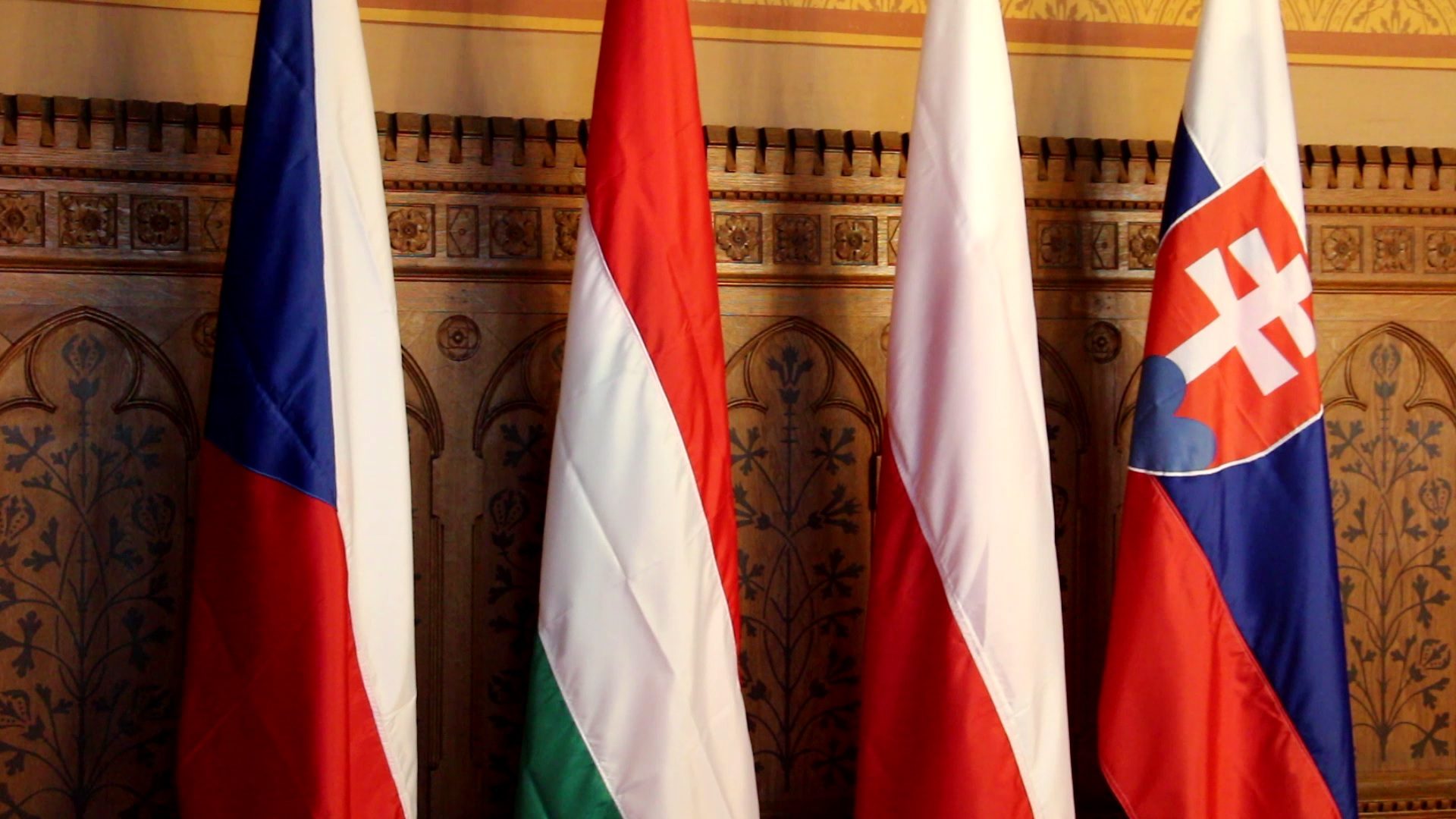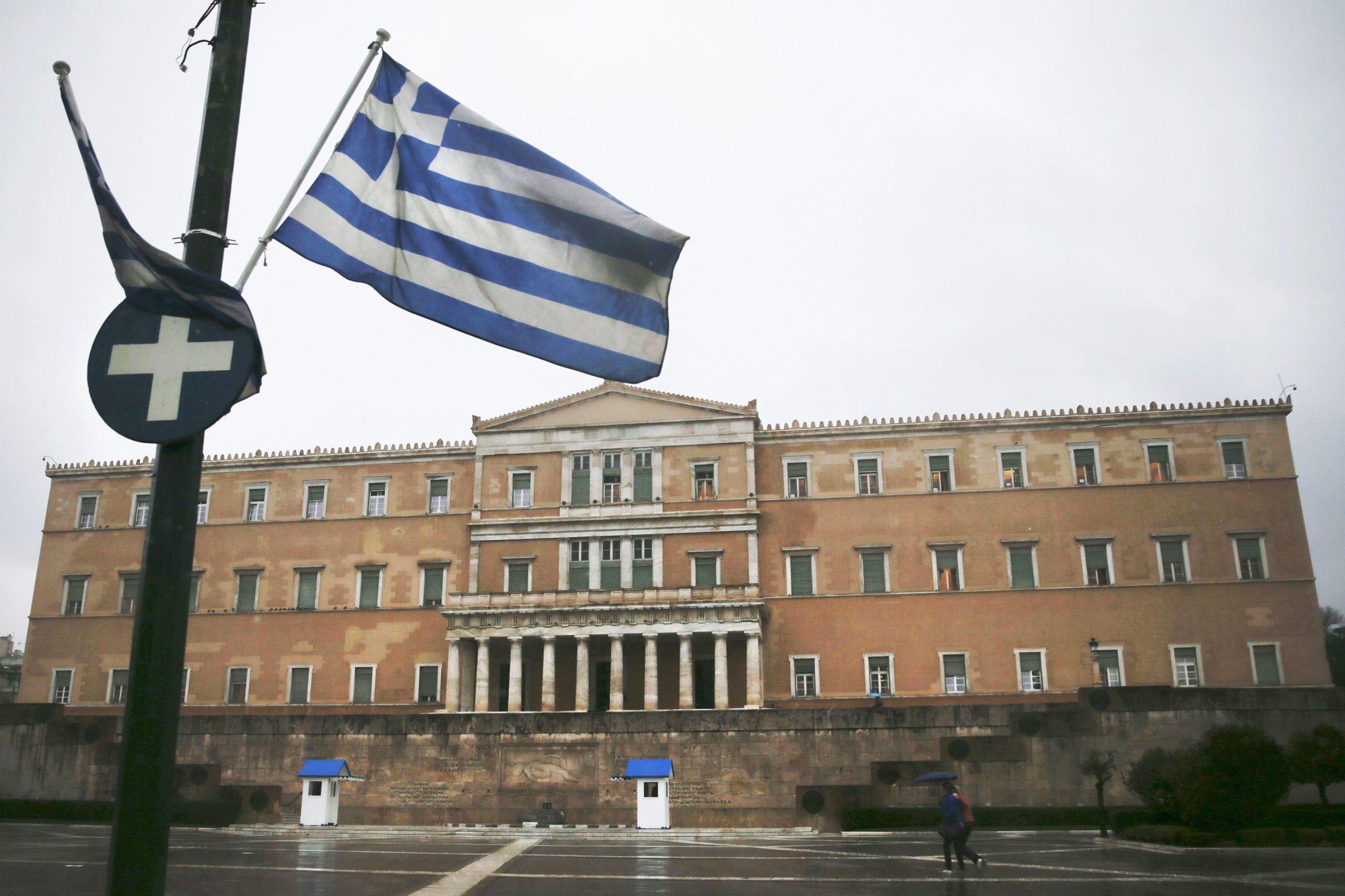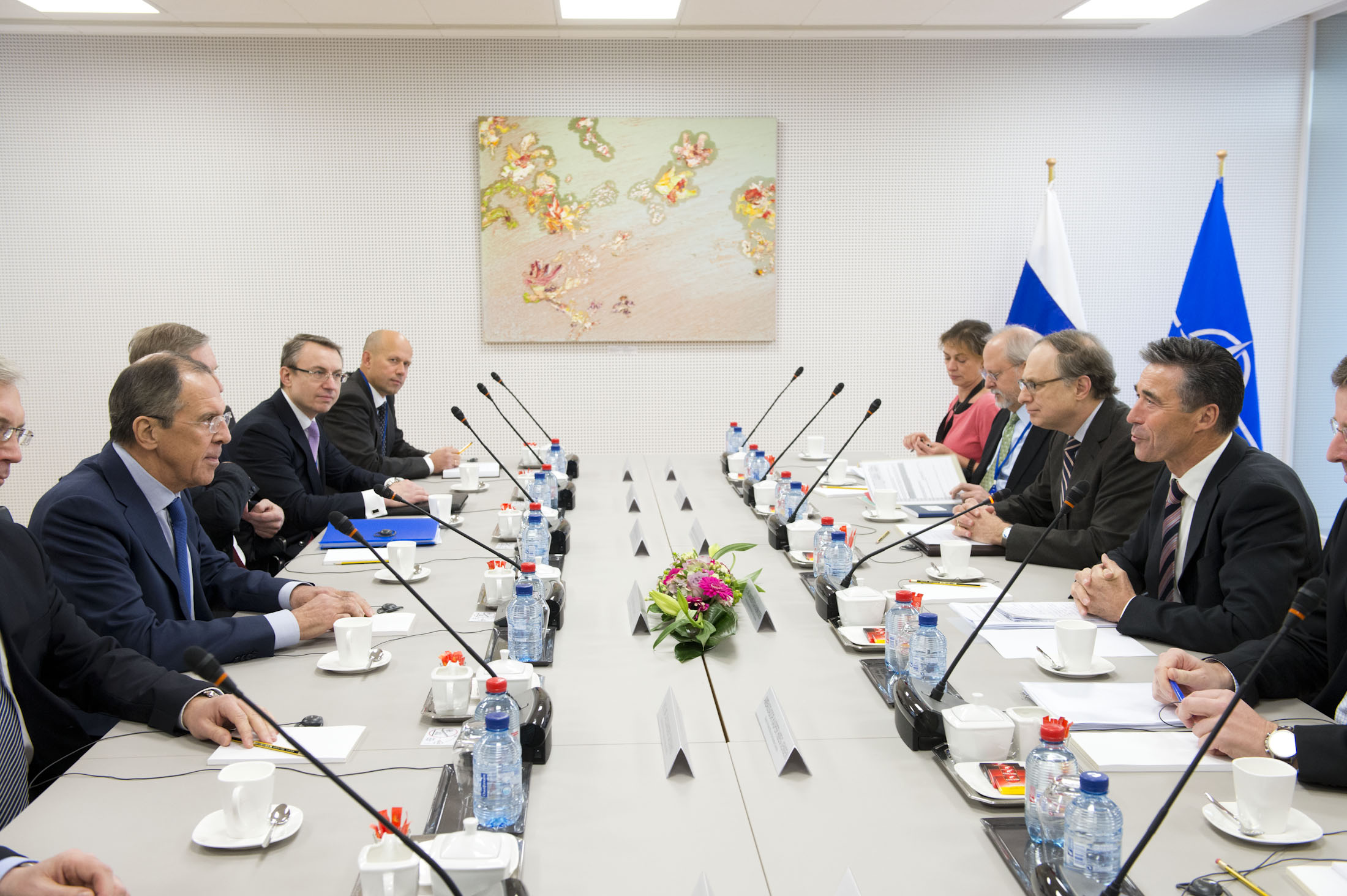Introduction
The Visegrad Group was formed as the ‘Visegrad Three’ among three countries: Hungary, Poland, and Czechoslovakia, on February 15, 1991. Later, due to the fact that Czechoslovakia was divided into two, as the Czech Republic and Slovakia, the number of members increased to four, and the group was called the ‘Visegrad Four’ or ‘V4’ from this period since 1993 (Alpar, 2020). The group is named after the Hungarian city of ‘Visegrad’. The group’s founding purpose was based on friendly essentials such as creating a bridge between east and west, decontaminating from the effects of communism, and integrating into the European Union and NATO. However, in 2004, the Visegrad countries experienced adaptation problems and intransigence within Europe after full membership in the European Union (Erdem, 2011).
Formation of Group
The formation of the Visegrad group dates back to the very past and is known as the oldest economic and political cooperation. For the first time, it was convened in the Hungarian town of Visegrad in 1335 under the name of the ‘Congress of Visegrad’, hosted by the Hungarian King Charles the First. The congress was attended by Bohemian King John and King of Poland Kazimir the Third. The purpose of the meeting of the Congress is to solve interstate problems, ensure friendship, ensure security and develop cooperation. The foundations of the present-day Visegrad Group are based on this congress and mostly continue with the same functioning. The group was referred to as the ‘Visegrad Three’ in 1991. Later, after the separation of Czechoslovakia as the Czech Republic and Slovakia, they continued as the ‘Visegrad Four’ in 1993, without breaking its structure.
The goals and objectives of the newly formed group and the past group were almost the same. The main goal of the group is not to be an alternative structure to the European Union, but rather to integrate it. In 1999, Hungary, Poland, and the Czech Republic became NATO members, while Slovakia became a member in 2004. In 2004, four countries became full members of the European Union. The Visegrad Group holds a summit once a year, and during these summits, which they organize, the decisionships are held alternately between the member states. At the same time, the Visegrad Group established ‘The International Visegrad Fund’ in 2000 to develop regional cooperation (Erdem, 2011).
CONCLUSION
It is believed that the Visegrad Group, whose history goes back quite a long time, can play an important role in the politics of the geography in which it is located. Their support for Poland related to the migrant crisis on the Polish-Belarusian border, which has also recently been on the agenda, is an indication of the solidarity activities of the group’s member states among themselves in the politics of their region. In this regard, ensuring cooperation between the member states, which the group has been aiming at from the past to the present, remains valid. However, although the group has aimed to integrate with the EU, it has experienced intransigence with the EU, especially with the refugee crisis. On the other hand, feelings of exclusion from the EU as well as solidarity among themselves have increased during the Brexit process. As a result, V4 countries occupy an important position in the direction of the strong relations they have established between themselves.
Prepared by Yeliz Kıroğlu for The FEAS Journal.
References
Alpar, G. (2020, Kasım 3). Orta Avrupa’da Farklı Bir Siyasal Yaklaşım: Vişegrad Dörtlüsü. Retrieved from Stratejik Düşünce Enstitüsü: https://www.sde.org.tr/guray-alpar/genel/orta-avrupada-farkli-bir-siyasal-yaklasim-visegrad-dortlusu-kose-yazisi-19909
Erdem, S. Y. (2011). Vişegrad Grubu Üzerine Bir Analiz: Oluşumu, İşleyişi, Etkileri ve Sorunlar. OPUS, 2963-2966.












